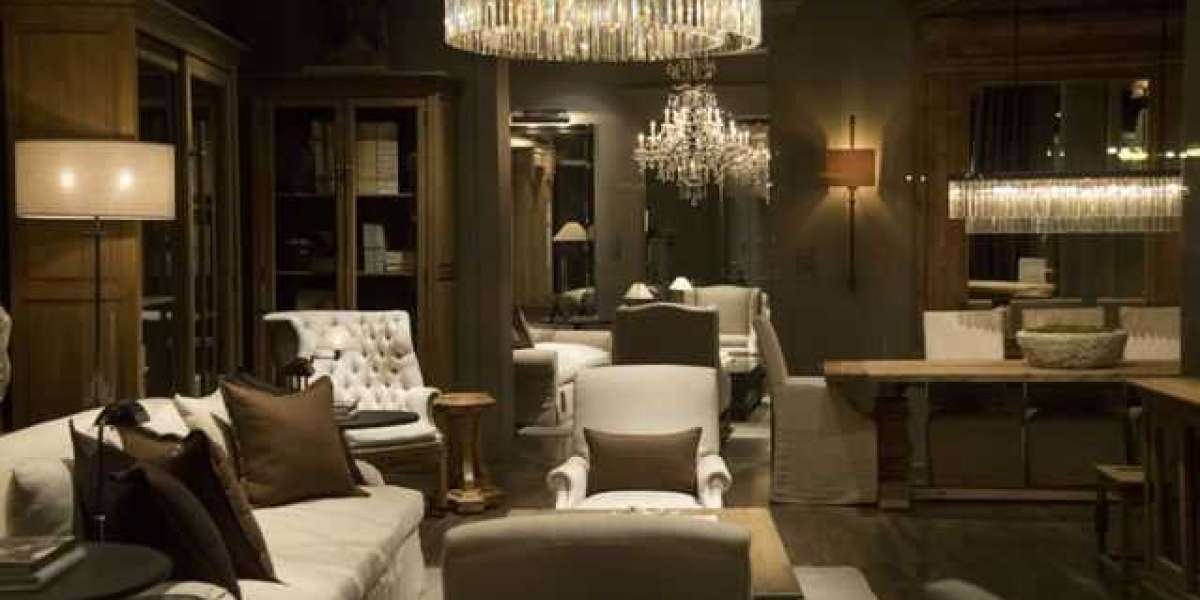As we delve into the world of home design, we often come across the terms "hard furnishings" and "soft furnishings." While these terms may sound simple, they actually encompass a wide range of items that make up the design and decor of our homes.
Hard Furnishings: What Are They?
Hard furnishings refer to the non-textile items that are typically used to decorate a room. These items include home furniture, flooring, wall decor, and even lighting fixtures. Hard furnishings are usually made from materials such as wood, metal, glass, or stone. These items tend to be more durable and long-lasting than soft furnishings and are designed to withstand heavy use.
One of the key characteristics of hard furnishings is their ability to provide structure and definition to a room. They can be used to create focal points, add texture and contrast, and help define the overall aesthetic of a space. Some popular examples of hard furnishings include:
- Sofas and armchairs
- Coffee and dining tables
- Bookcases and shelving units
- Lamps and light fixtures
- Rugs and carpets
- Curtains and blinds
- Mirrors and artwork
- Wall shelves and brackets
Soft Furnishings: What Are They?
In contrast to hard furnishings, soft furnishings refer to the textile-based items that are used to decorate a room. These items are typically designed to be more comfortable and cozy than their hard furnishings counterparts. They can include items such as pillows, throws, curtains, and bedding.
Soft furnishings tend to be more flexible and versatile than hard furnishings. They can be easily changed and updated, allowing for a quick and simple refresh of a room's decor. Additionally, soft furnishings can help add warmth, texture, and color to a space, making it feel more inviting and comfortable. Some popular examples of soft furnishings include:
- Pillows and throws
- Bedding and sheets
- Curtains and drapes
- Area rugs and runners
- Tablecloths and placemats
- Cushions and poufs
- Blankets and quilts
How Do Hard and Soft Furnishings Work Together?
Both hard and soft furnishings play an important role in the overall design and decor of a room. When used in combination, they can create a cohesive and harmonious space that feels balanced and complete.
One of the key ways that hard and soft furnishings work together is through the use of texture. By combining different textures and materials, you can create a dynamic and interesting space that feels layered and multi-dimensional. For example, pairing a plush velvet sofa with a rustic wooden coffee table can create a beautiful contrast that adds depth and interest to a room.
Another important consideration when combining hard and soft furnishings is color. By choosing colors that complement each other, you can create a harmonious and cohesive space that feels well put together. For example, pairing a bold red area rug with a neutral gray sofa set can create a stunning focal point that ties the room together.
In Conclusion
In summary, hard and soft furnishings are both essential components of home design. While hard furnishings provide structure and definition to a space, soft furnishings add warmth and texture. When used together, they can create a beautiful and functional space that feels comfortable and inviting.
By understanding the differences between hard and soft furnishings, you can make more informed decisions about the items you choose to include in your home. Whether you prefer a modern and minimalist aesthetic or a cozy and eclectic vibe, there are countless ways to use hard and soft furnishings to create the perfect space for your unique style and needs.








